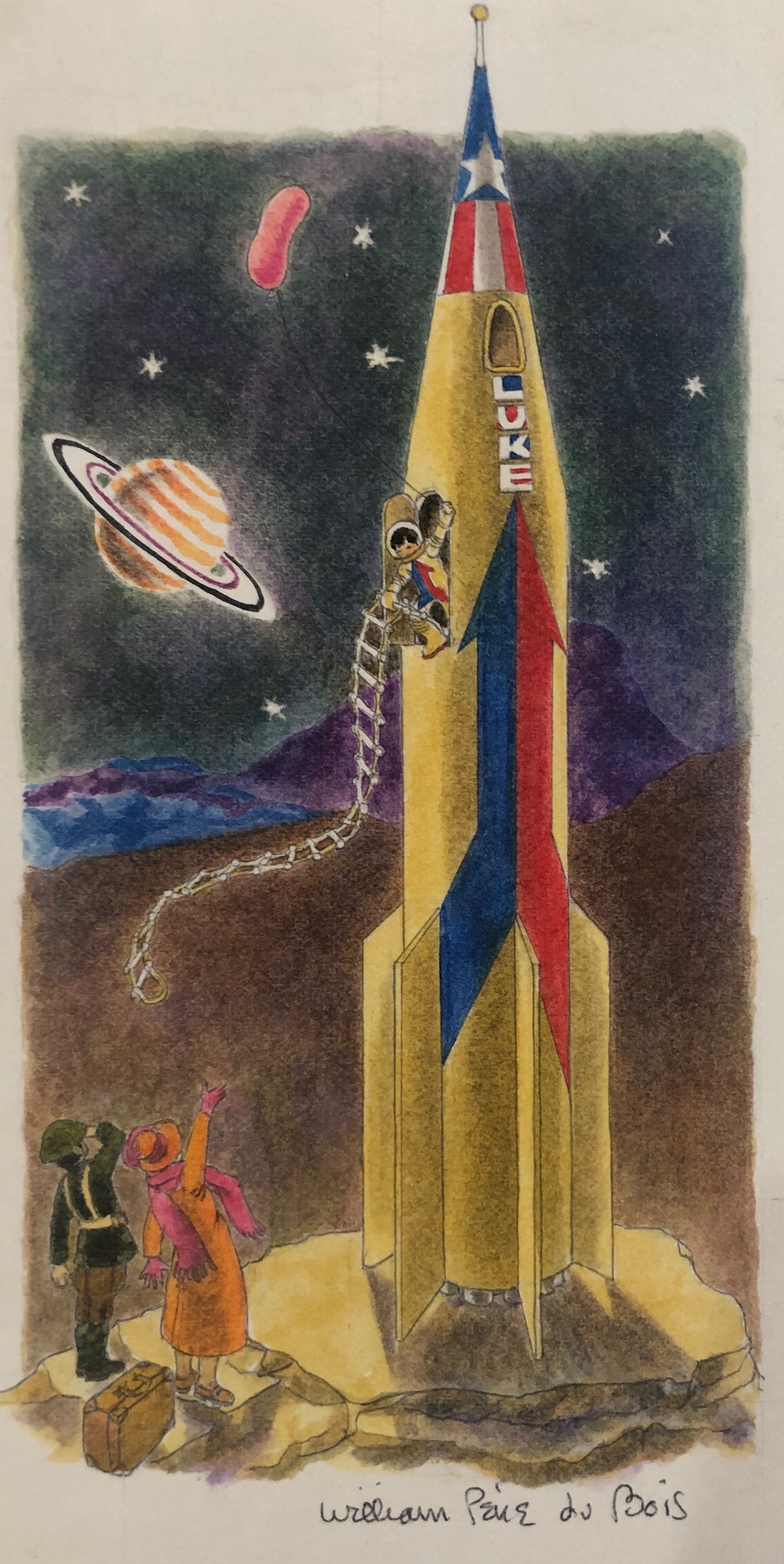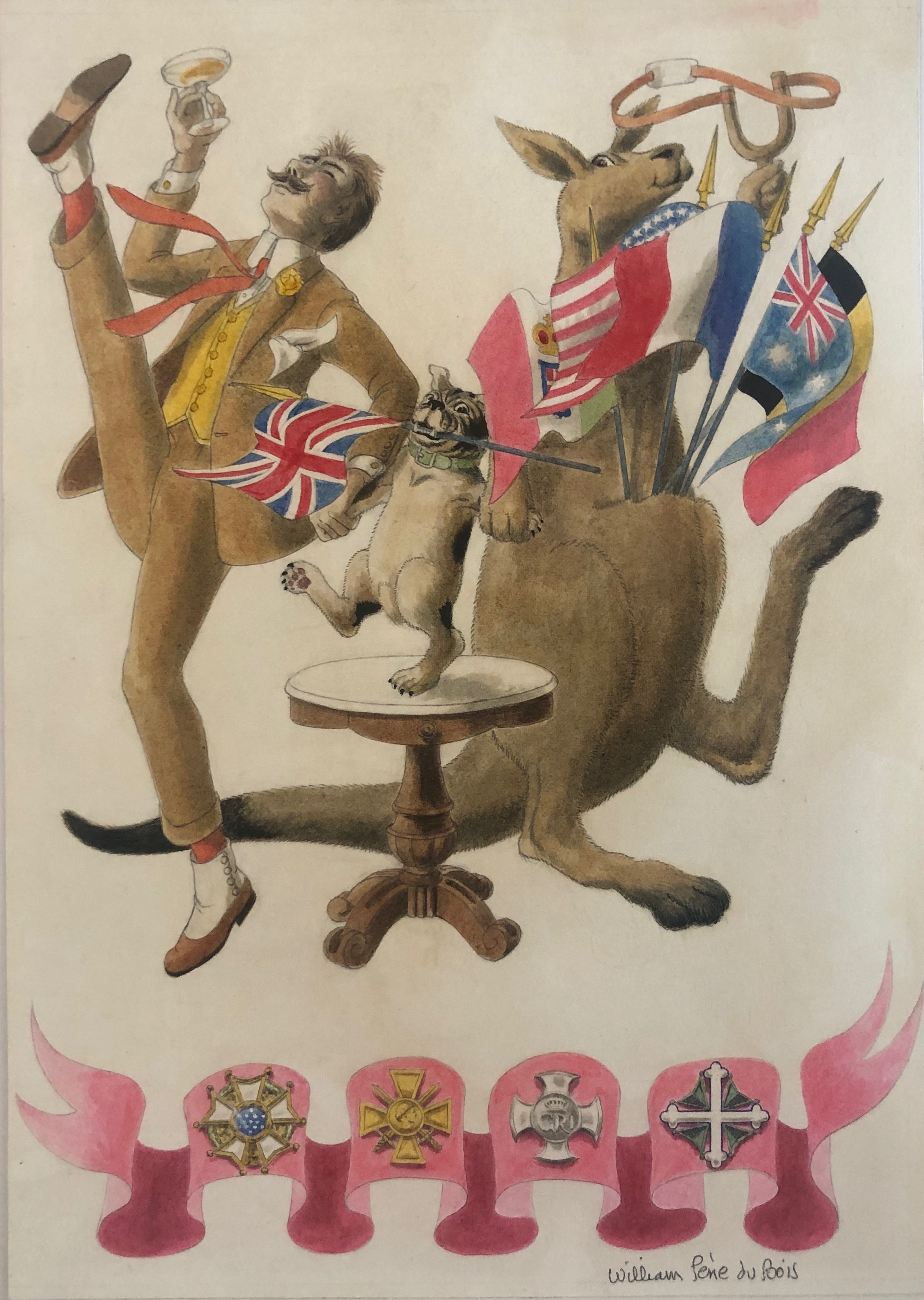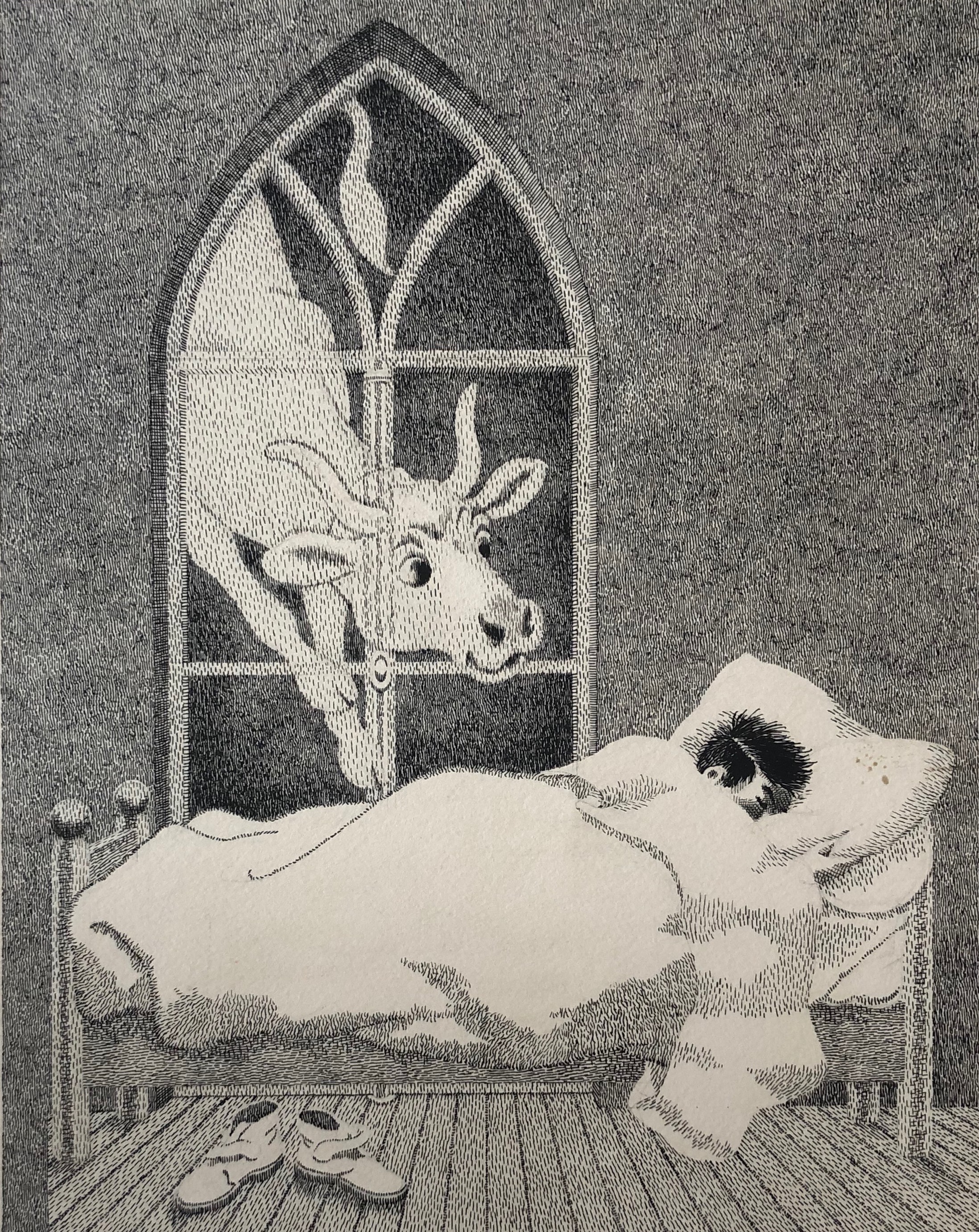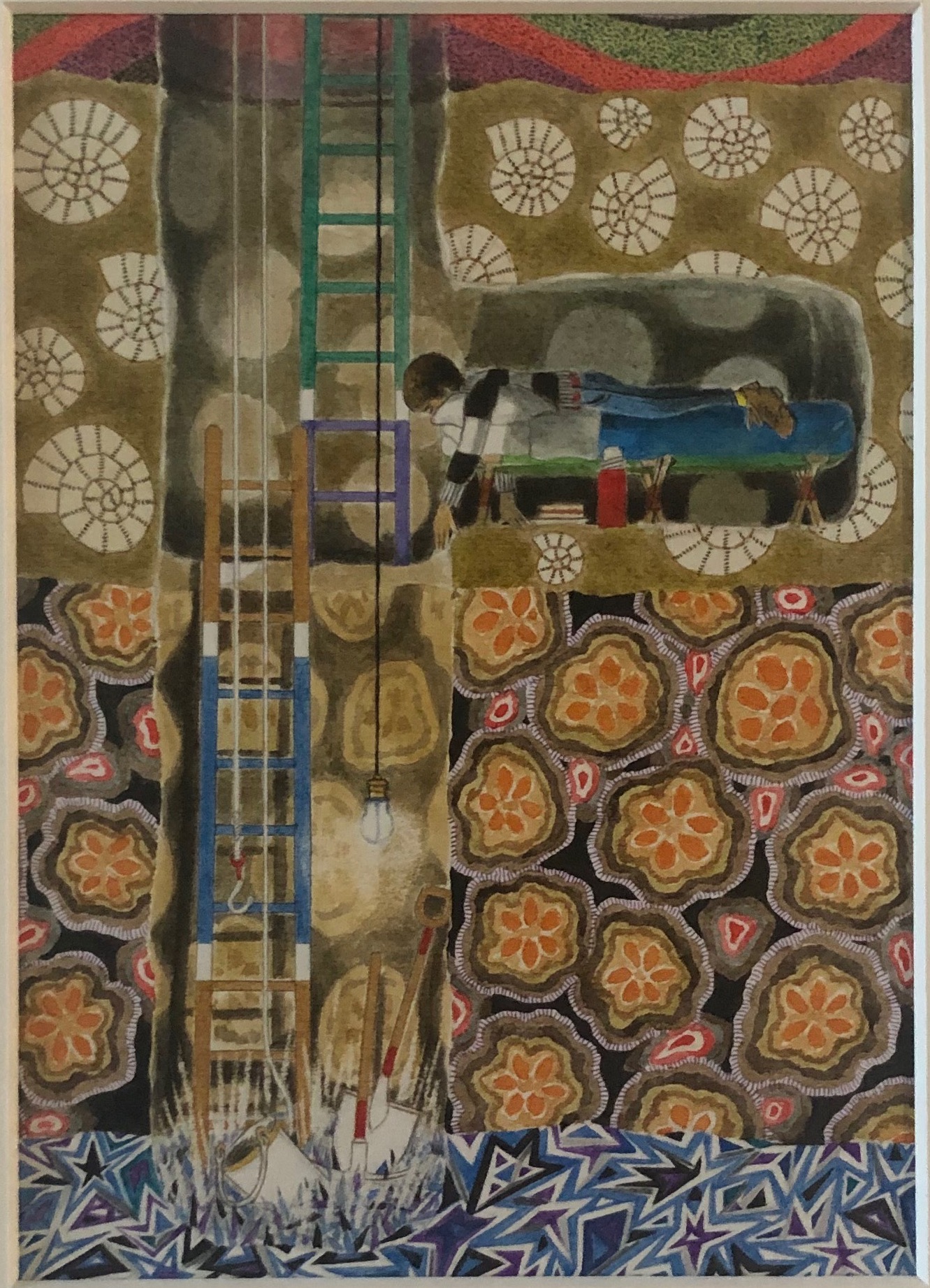511 GALLERY TO REPRESENT
THE ESTATE OF WILLIAM PÈNE DU BOIS
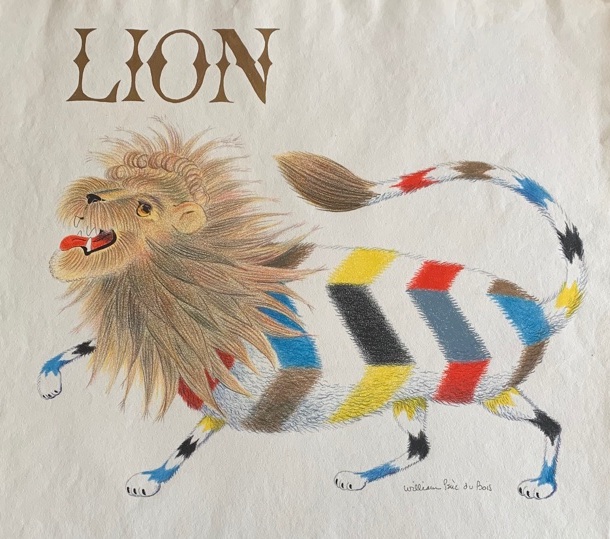
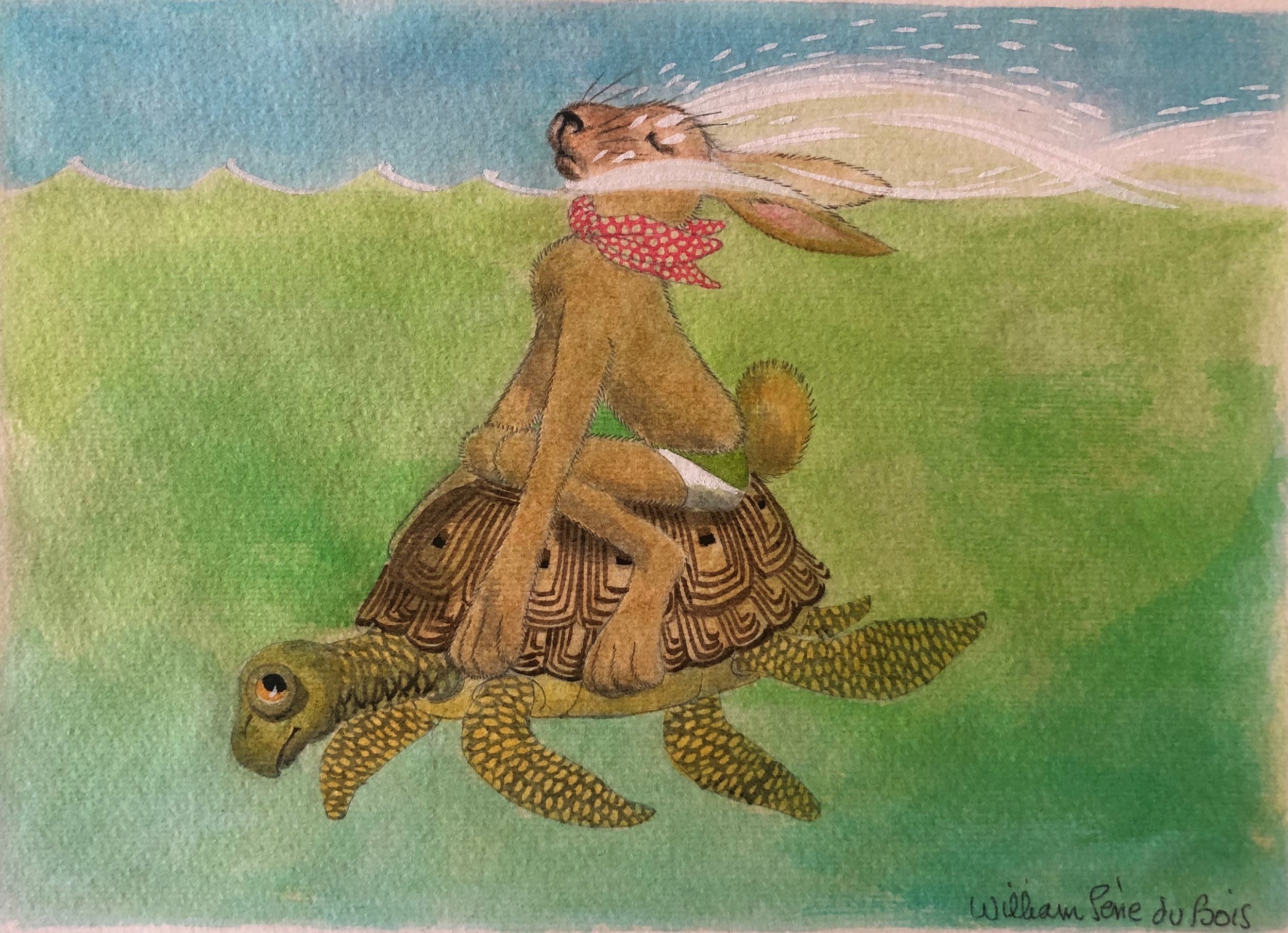

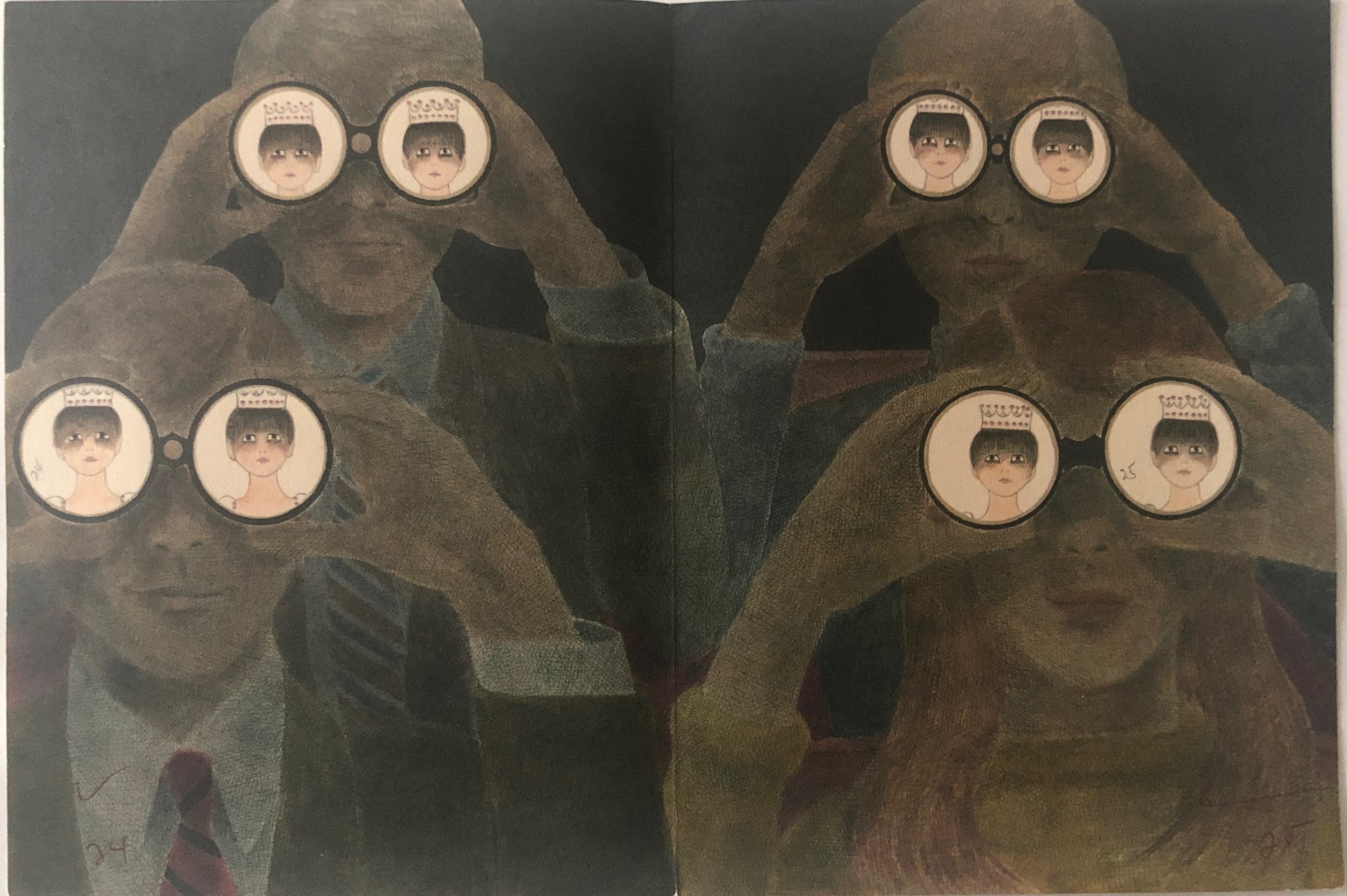
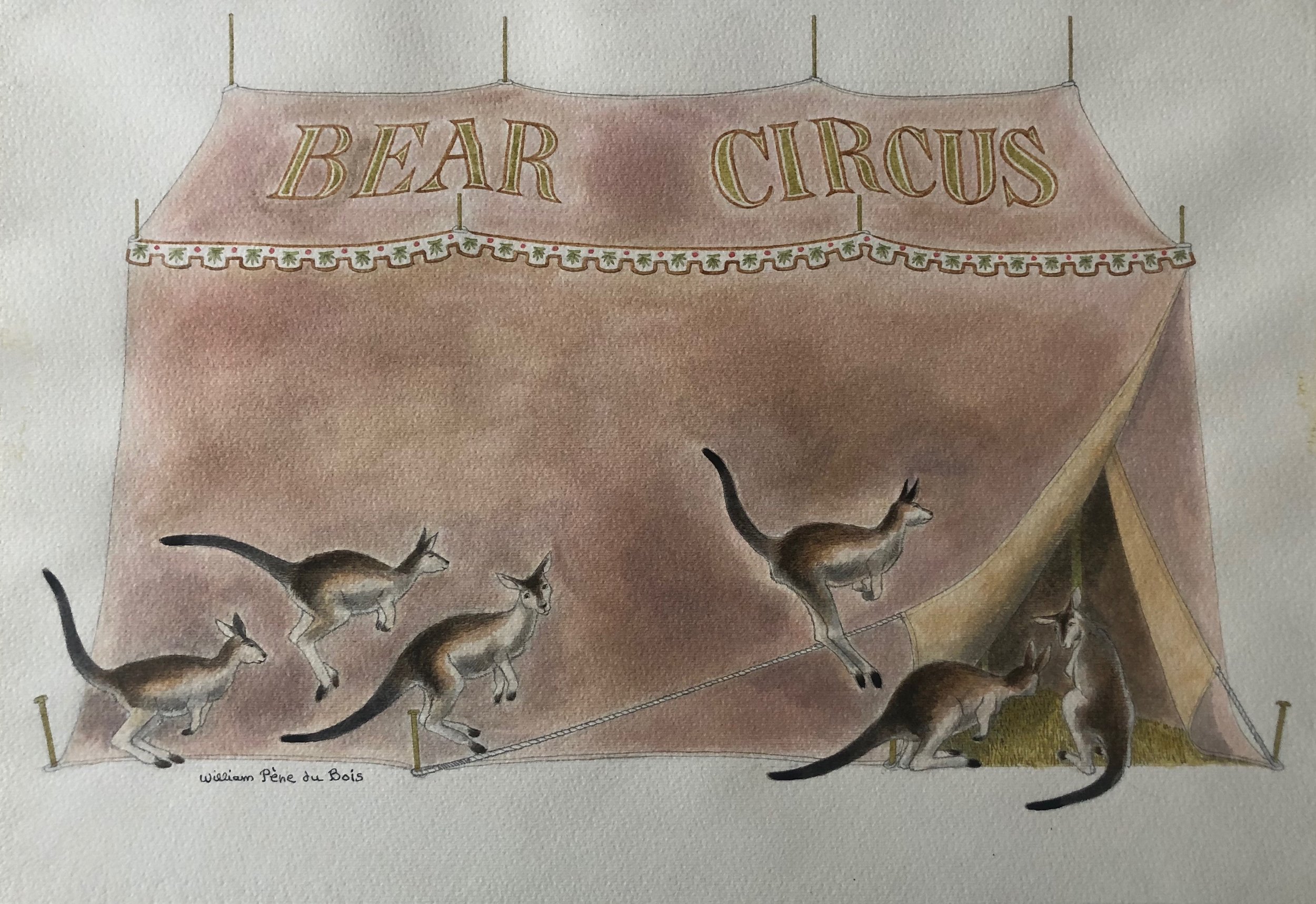
511 Gallery and 511 Projects is pleased to announce the representation of the Estate of graphic artist and children’s book author William Pène du Bois. Including more than 500 works featured in over 30 books, the collection consists of paintings, drawings and illustrations spanning the five decades of Pène du Bois’s career, as well as storyboards that highlight narratives present and embodied in his artwork.
Descended from a long line of creative relations, with an ancestry boasting painters, architects and designers in every generation dating back centuries, William Pène du Bois remained steadfast in the family’s trade of distinguished craftsmanship and artistry while making his own legacy, as a writer but also, more notably, as an artist. The son of the noted American painter Guy Pène du Bois (whose Estate 511 Gallery also represents), William Pène du Bois divided long periods of time in his childhood and adolescence between Garnes, France and Nutley, New Jersey. After finishing high school, he was accepted, with a scholarship, to the Carnegie Technical School of Architecture. However, his college plans dissolved and were replaced by a career as an artist, writing and illustrating children’s books. By the time he entered the armed forces in 1941, at twenty-five, he was already established in the literary world as a visionary illustrator. Drawings from his first book Elisabeth the Ghost Cow, published in 1936 at the age of nineteen, are featured in the collection.
William Pène du Bois is noted for his vibrant use of color in much of his artwork and his masterful hand, demonstrated in the delicate lines of his drawings. Much of his work shares a common subject, particularly bears and other imagery drawn from his childhood memories of the French Circus. Thus, Pène du Bois’s work is inherently laced with a nostalgia that both speaks to children and touches those who are still children at heart. Paintings seen in the book We Are Marching depict what appear to be children dressed as American, British, and Soviet soldiers from the Allied Forces, marching down a path in a dense forest. The vivid colors draw readers into the pictures and the story, as they can imagine themselves as the small soldiers depicted by Pène du Bois. Adults too can see themselves in this image, the childlike innocence they once held and the responsibilities of war and adulthood collapsed into a single rendering, effectively symbolizing the capacity to reflect both perspectives—that of the child and the adult—at once. Originally in a medium whose primary audience was always the youngest among us, Pène du Bois's artwork and the worlds he created are now viewed as having captured the wonder and imagination of childhood with an energy and sophistication that appeals to young and old alike. It is that quality of his work, its substance both on and off the page, that elevates it above pure illustration, holding artistic merit and value that stands on its own.
Pène du Bois’s impact in both art and literature was perhaps best summarized by Virginia Chase for the American Library Association, describing his Newbery Award-winning The Twenty-One Balloons, but also, more figuratively, his prolific career and the wonder of Pène du Bois himself as an artist: “You will say it is absolute and wonderful. You will tingle with good will when you close the book, then you will open it again, examine the pictures in every detail, and admire the man who made such a perfect book, both in text and illustrations.”
Along with his Newbery Award, Pène du Bois received two Caldecott Honors for his illustrations in the books Bear Party and Lion, both of which he also wrote. He is one of an elite few who have received both awards signifying literary and artistic excellence. Several drawings and paintings from Lion are included in the collection, as well as storyboards detailing the creation of the book.
Pène du Bois's artwork can also be found in the books of major authors, such as Jules Verne, John Steinbeck, Roald Dahl, Sir Arthur Conan Doyle, Mark Strand, and Isaac Bashevis Singer. He also illustrated many magazine articles and advertisements, including two covers for Town and Country. He was one of the founding editors of the Paris Review and served as its first art director until 1960, creating their logo—known casually as “the bird”—as well as the iconic design of the Place de la Concorde that has become synonymous with the journal.
Pène du Bois’s work and life archives can be found in the public collections of the New York Public Library, the Archives of American Art, and in the Department of Rare Books and Special Collections at the Firestone Library at Princeton University.
For further inquiries, please contact Ashley Ouderkirk at 212.255.2885 or aouderkirk.511gallery@gmail.com.

